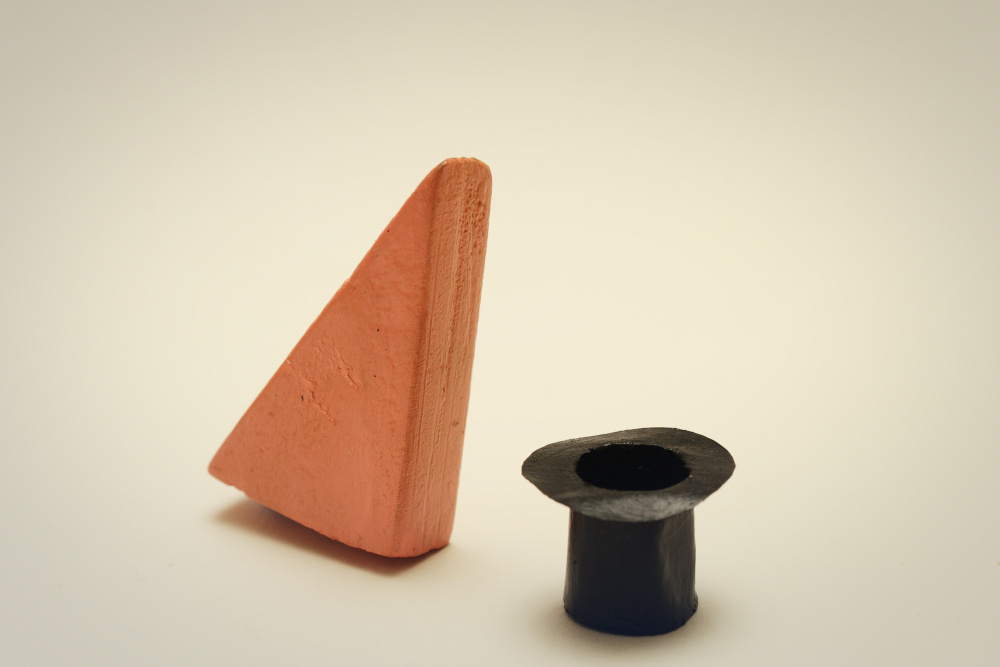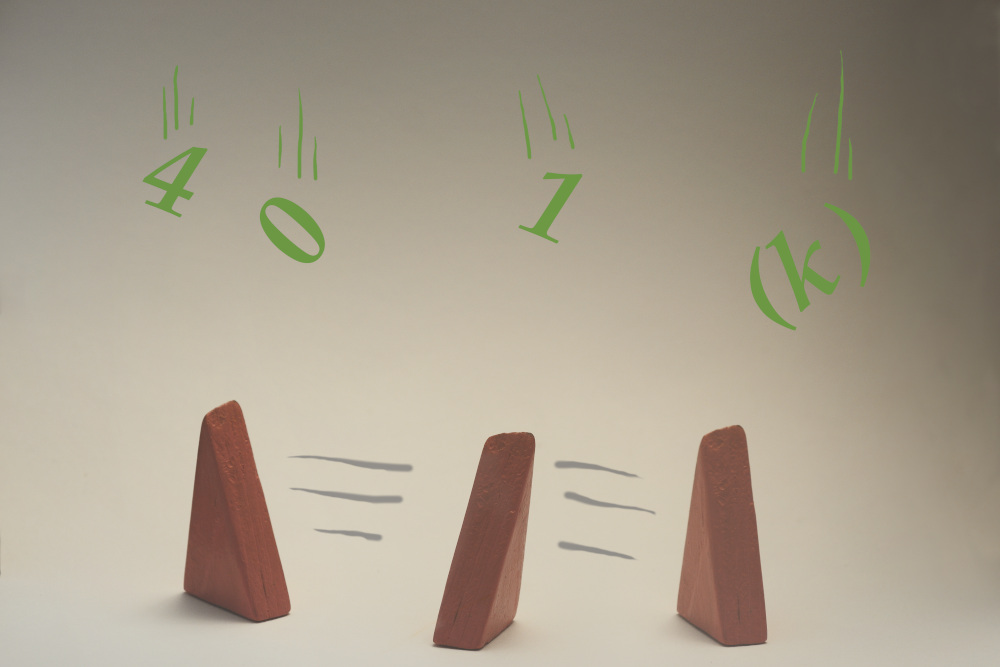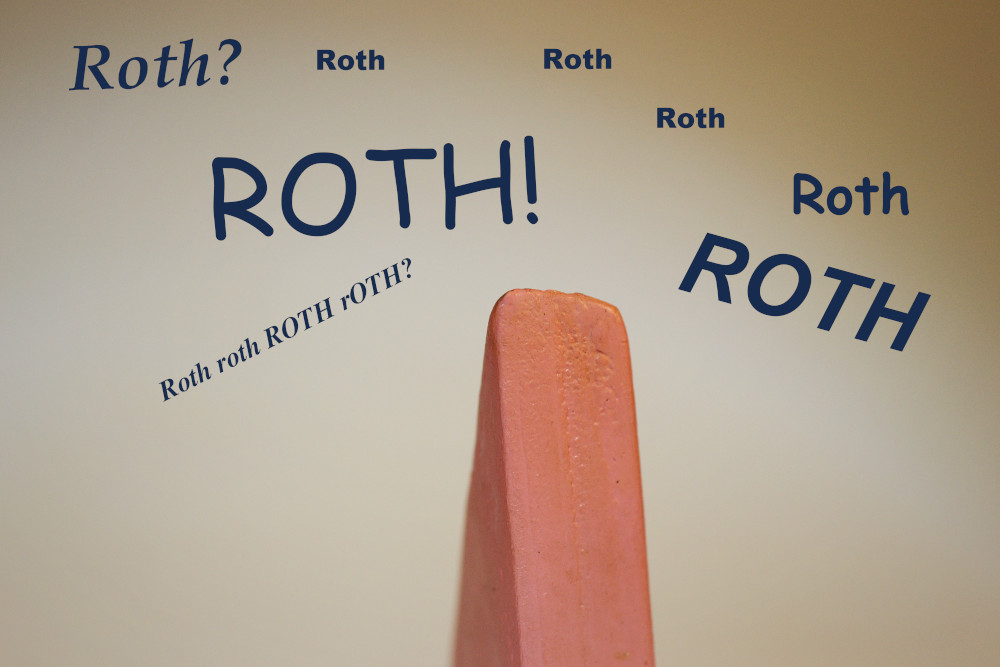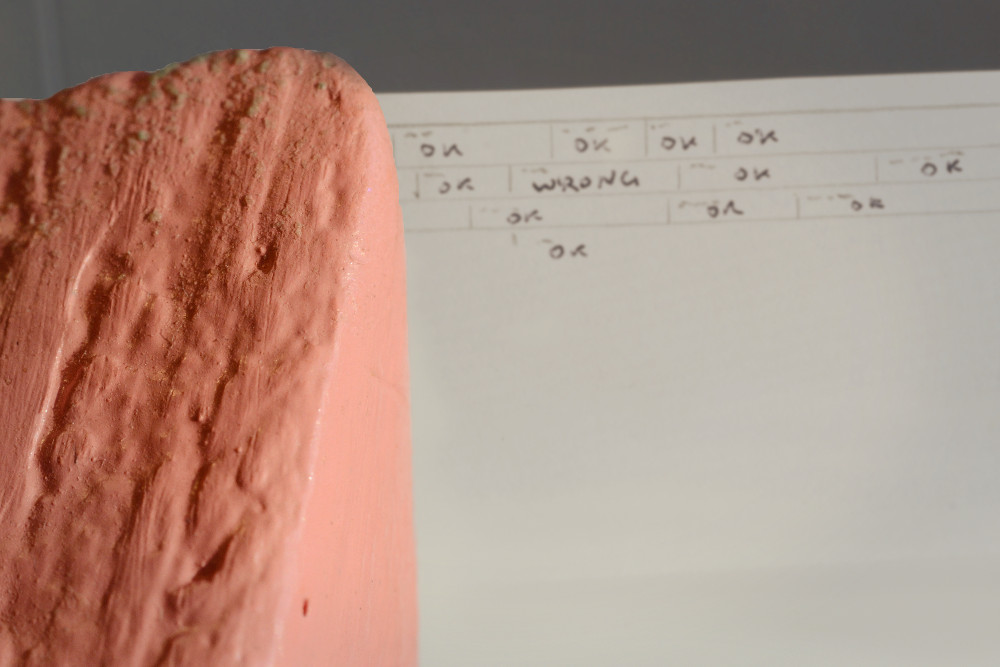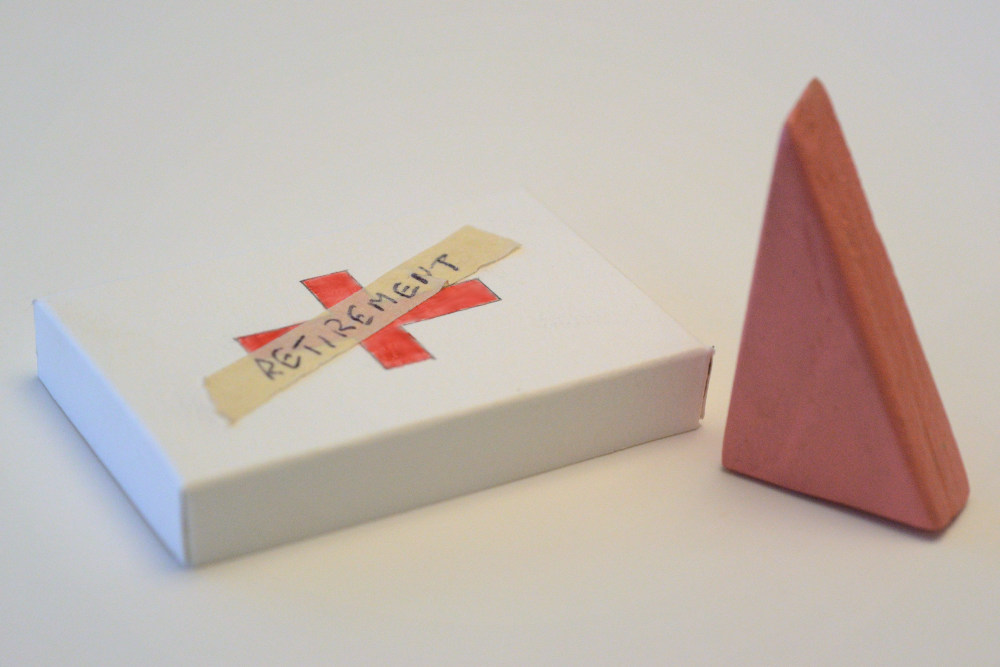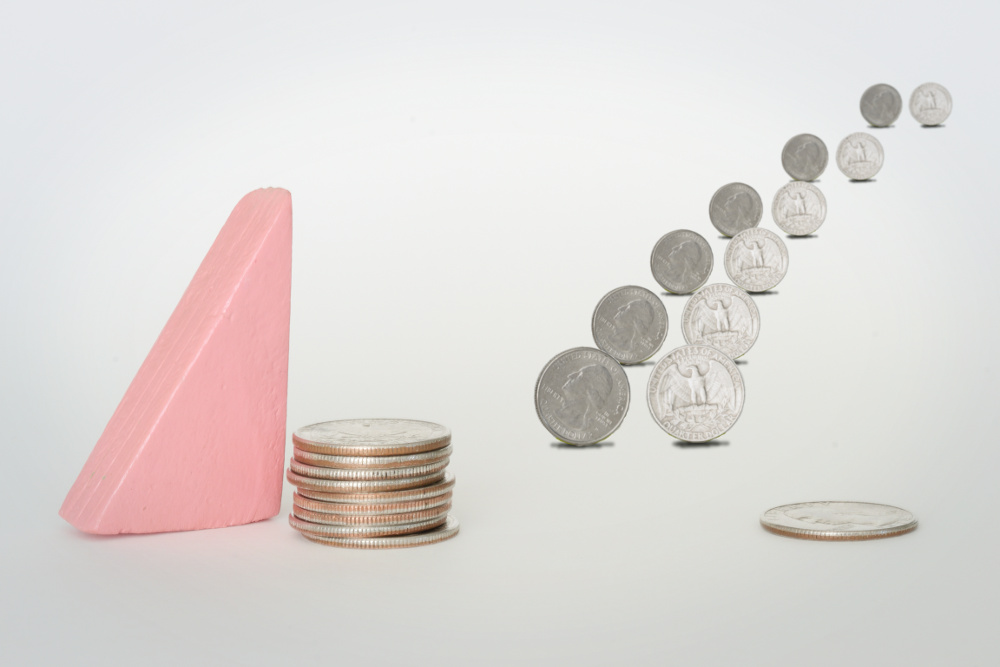Are you tempted to believe that there are magical solutions to your financial problems?
You Just Started a New Job. How Much Should You Contribute to Your New 401(k)?
One of the many things you have to figure out when you start a new job is the new company 401(k).
Continue readingRolling Over An Old 401(k)? Watch Out for These Gotchas.
Earlier this year, a client rolled over an old 401(k) into her IRAs at TD Ameritrade (where we manage our clients’ investments). She received, correctly, two checks from her 401(k): one for her pre-tax 401(k) account and one for her Roth 401(k) account. She mailed both of those checks to TD Ameritrade…and they were both automatically dumped into her traditional IRA.
Your 401(k) Match Can Now Be Roth (and Other Changes from the SECURE 2.0 Act)
Congress passed the Secure 2.0 Act in late 2022. Why should you care? You shouldn’t. Much.
Continue readingShould You Defer Your Bonus to Your 401(k)?
You got a bonus. Nice. In my maturity, I have grown to appreciate an extra $10,000, $20,000, or $100,000 dropping into my lap.
Continue readingIs your take-home pay too tiny to live on? That’s okay! We can make it work.
But, Meg, what will I live on?
A delightful and Highly Suspicious client asked me this recently when I was talking with her about not only maxing out her participation in her company’s (Airbnb’s) ESPP but also maxing out her after-tax contributions to her 401(k).
Continue readingYour paystub can be very informative. And also wrong. When’s the last time you double-checked yours?
In the last month, two of my clients have looked at their paystubs and realized that their 401(k) contributions were going into Roth instead of pre-tax. This wouldn’t be a problem except for the fact that both of these clients had, months earlier, changed their 401(k) contributions away from Roth and into pre-tax. And somehow it didn’t “take.” This caused an administrative pain in the butt and higher-than-planned taxes.
Continue reading
What? You mean my 401(k) can go DOWN? Well, I never…
How long have you been paying attention to your investments, or to the stock market? Has it been only for the last few years, or, maybe only since 2009? Continue reading
Anatomy of an Awesome 401(k). How Does Yours Compare?
Recently a few of my clients at major tech companies (to remain nameless!) have forwarded to me company emails proclaiming the latest improvements in their 401(k) offering. These improvements have included a “true up” of matching contributions and dead-easy-to-use after-tax-401(k) contributions.
Continue reading
Your HSA Is Better than Your 401(k) for Retirement Savings. Don’t Waste it on Actual Health Care Costs.
Like you, I’ve been going through Open Enrollment lately. Only I’ve been going through a whole bunch of open enrollments, for all of my clients. (It’s actually pretty cool, being able to compare—and, perforce, contrast—what a variety of tech companies offer to their employees.)
Continue reading
My company doesn’t match my 401(k) contributions (or it’s a very small match). Should I still use my 401(k)?
Employer matching contributions to your 401(k) are a beautiful thing. They are also a thing of confusion.
The Curious Math of Roth 401(k)s: You Can Save More Than If You Use a Pre-Tax 401(k)
If your 401(k) offers a Roth option, how do you know if you should contribute to it instead of the usual, pre-tax 401(k)?

